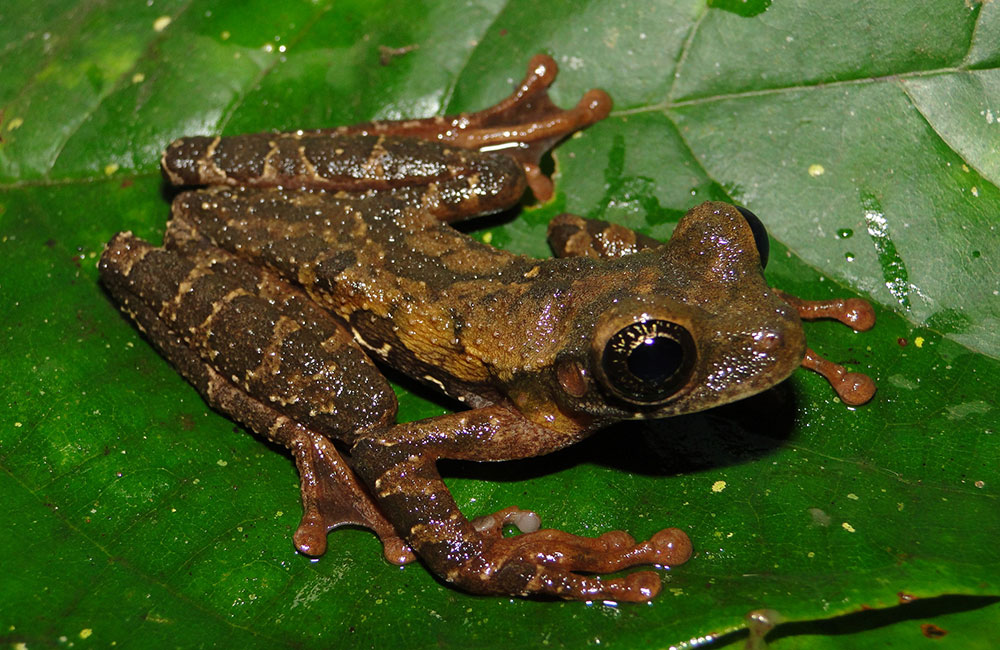The new species was found specifically in the Quebrada Honda sector near the Huambal Observation and Observation Center, in the province of Oaxabamba. It inhabits the pre-rhizomatous forest ecosystem of the Cordillera del Yanachaga in the central Andes of Peru, at altitudes between 1000 and 1150 metres.
Highlighting the significant contribution of Peru’s protected natural areas to preserving the world’s biodiversity, the Yanachaga Chemillén National Park, in the Pasco region, is the scene of a recent scientific discovery with the discovery of a new species of frog, it has been reported. The National Service for State Protected Natural Areas (SERNANB), under the Ministry of the Environment.
around Osteocephalus vasqueza new species of spiny-backed tree frog belonging to the genus head bonewhich includes about 30 known species widely distributed in the Amazon Basin that have been described in recent years.
According to research, these are the sister species to Mimic head boneendemic to the Peruvian Andes and lives in mountain tropical forests.
This new species was found specifically in the Quebrada Honda sector near the Huambal Observation and Control Center, in the province of Oaxabamba. It inhabits the pre-rhizomatous forest ecosystem of the Cordillera del Yanachaga in the central Andes of Peru, at altitudes between 1000 and 1150 metres.
It was discovered as part of the study conducted by researchers Pablo Venegas, Luis García-Ayachi, Eduardo Toral, José Malque and Santiago Ron, from institutions such as the Rainforest Partnership, the Peruvian Institute of Herpetology and the Museum of Zoology of the Faculty of Biology of the Faculty of Exact and Natural Sciences of the Pontifical Catholic University of Ecuador. Likewise, there was technical support from Cernanab Park rangers who accompanied the group of researchers and provided their knowledge of the area.
This new species can be distinguished by having a cream or cream-tan abdomen with a well-defined pattern of chocolate-brown blotches and spots, and its tadpole has a very large mouth and is adapted for life in rushing water. According to the investigation time tree, the Osteocephalus vasquez They diverged from their sister species in the early Pleistocene, about 2.5 million years ago.
This species is dedicated to Professor Pedro Vasquez, a pioneer of wildlife management in Peru.
data
Yanachaga Chaemillén National Park is considered a hot spot or “hotspot” because of the biological richness it houses, with at least 30 endemic of 95 amphibian species protected in this natural space in the Pasco region.

“Social media evangelist. Student. Reader. Troublemaker. Typical introvert.”

:quality(85)/cloudfront-us-east-1.images.arcpublishing.com/infobae/TEQF6EONZRFGLLLDIDD4L2O4EE.jpg)

:quality(75)/cloudfront-us-east-1.images.arcpublishing.com/elcomercio/XU32LRAEZFDDPNVHLFU3CKVBYY.jpg)



More Stories
Venezuela ranks fourth in female leadership in science and technology in Latin America
In Portuguesa and Sucre they explore the wonderful world of science
The university court overturns the expulsion of two teachers and a chemical sciences student